Mario Was Supposed to Look Wrecked in Brothership, but Nintendo Was Like Nah. While the creative direction originally intended to show Mario in a more worn, rugged state to align with the thematic undertones of the game, Nintendo intervened to ensure his depiction remained true to the established brand identity. This decision sheds light on the broader creative dynamics between game developers and the corporate guardians of beloved intellectual properties.
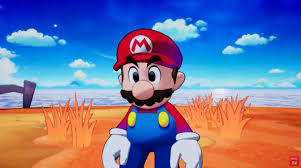
In this case, the concept of a “wrecked” Mario was envisioned to reflect a storyline emphasizing struggle, perseverance, and a grittier tone. Developers aimed to explore a side of Mario that audiences had never seen—one that bore the weight of his adventures in a visibly striking way. However, Nintendo was not willing to compromise the cheerful, universally appealing aesthetic of their mascot, opting instead for consistency with Mario’s recognizable appearance.
The Origins of Brothership and Its Vision
Brothership was conceived as a bold departure from the traditional Mario games, delving into a narrative that explored the bonds between Mario and Luigi in unprecedented depth. Early concepts for the game included darker themes, emotional challenges, and visual elements designed to complement the tone. A rugged-looking Mario, complete with scuffed attire and a tired demeanor, was part of this vision. Developers believed that this visual representation would resonate with players, giving Mario a humanized dimension.
Nintendo’s leadership, however, quickly pushed back against these ideas. The company, known for its meticulous control over the Mario brand, feared that such a depiction could alienate the franchise’s core audience, which includes younger players and families.
Nintendo’s Strict Brand Guidelines
The decision to maintain Mario’s traditional look underscores Nintendo’s unwavering commitment to the character’s integrity. Over the decades, Mario has evolved into more than just a video game protagonist; he is a global icon synonymous with fun, positivity, and timeless adventure. Allowing a radically altered portrayal—even for a single title—could risk diluting this carefully cultivated image.
This level of brand protection extends beyond aesthetics. Nintendo is known for its cautious approach to storytelling, gameplay, and collaborations involving its flagship characters. The company has historically avoided darker or mature themes in its primary franchises, preferring to deliver content that aligns with its reputation for family-friendly entertainment.
The Debate Over Creative Freedom
This clash between creative freedom and brand consistency is not unique to Brothership. Across the entertainment industry, creators often face limitations when working with well-established intellectual properties. While some argue that innovation requires flexibility, others contend that preserving a brand’s essence is equally important.
In the case of Mario, the argument in favor of Nintendo’s decision becomes apparent when considering the franchise’s longevity. By adhering to its brand guidelines, Nintendo has ensured that Mario remains a beloved figure for multiple generations. Nevertheless, this decision also highlights the challenges faced by developers who seek to push boundaries within established franchises.
Insights from the Gaming Community
The gaming community has expressed mixed reactions to the controversy surrounding Brothership. Some fans appreciate Nintendo’s dedication to maintaining Mario’s classic appearance, while others lament the missed opportunity for character development and narrative depth.
Discussions on forums and social media reveal that many players were intrigued by the idea of a more rugged Mario. They saw it as a chance to explore a new dimension of the character, adding layers of relatability and emotional resonance. At the same time, others argued that Mario’s universal appeal lies in his simplicity and constancy, traits that should not be compromised for the sake of experimentation.
Historical Context – Mario’s Evolution
Mario’s design has undergone subtle changes over the years, but the core elements of his appearance have remained remarkably consistent. From his debut in Donkey Kong to his latest adventures on the Nintendo Switch, Mario’s red hat, blue overalls, and cheerful demeanor have become iconic.
These elements are more than just design choices; they are symbols of a gaming legacy that has shaped the industry. Nintendo’s careful stewardship of Mario’s image has played a significant role in the character’s enduring popularity, ensuring that he remains instantly recognizable to audiences around the world.
The Future of Brothership
Although Mario’s rugged look was ultimately rejected, the core vision of Brothership appears to have remained intact. The game promises to deliver a heartfelt story that delves into the relationship between Mario and Luigi, offering players a fresh perspective on the beloved characters.
By striking a balance between creative ambition and brand fidelity, Nintendo and the developers behind Brothership aim to deliver a game that honors Mario’s legacy while pushing the boundaries of storytelling within the franchise.
In doing so, they remind you of the delicate interplay between innovation and tradition—a dynamic that continues to shape the evolution of gaming’s most iconic characters. As Brothership nears release, all eyes will be on Nintendo to see how this latest installment contributes to the enduring legacy of the Mario franchise.

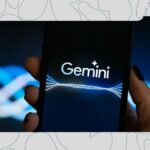





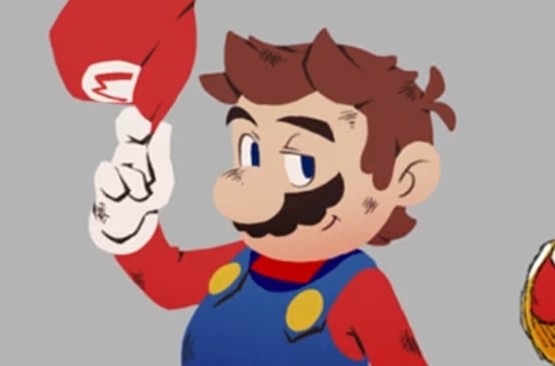
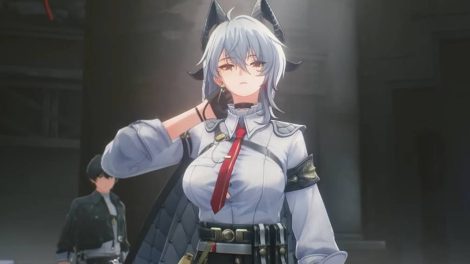
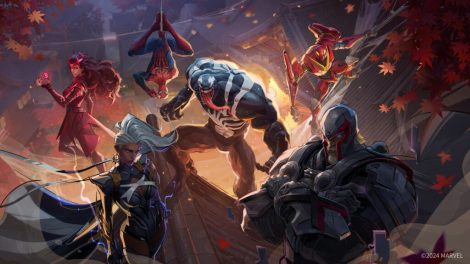
Add Comment